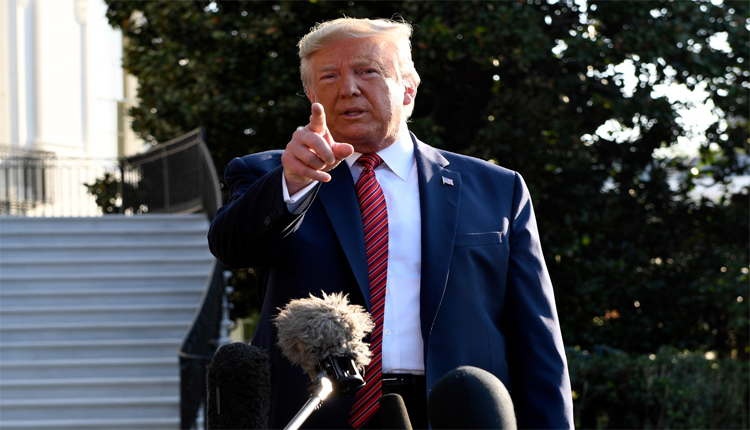Washington: In the U.S.-China trade war, tensions have escalated once again to a higher level of antagonism. Exactly how high those tariffs are isn’t clear; Donald Trump ramped U.S. tariffs against Chinese products up to 125% without delay. Trump then announced the news on his Truth Social network, stating, “China has lost a lot of respect for global markets; they are no longer able to take advantage of the U.S. or other countries.”
In conjunction with this action, Trump also announced a 90-day reprieve for 90 countries. “Tariffs will be set at a maximum of 10 percent for the next 90 days for nations not cooperating with us,” he added. This includes partner countries such as Mexico and Canada, who engage in lucrative trade. The decision comes while global trade relations are at their most delicate point in years under the Trump administration.
Financial markets were quick to react to Trump’s moves. The NASDAQ index gained 9%, while the S&P 500 jumped 8%. This increase is attributed to renewed investor confidence, as many anticipate that the new federal stance strengthens the U.S. in global trade. But it also threatens to exacerbate the already strained U.S.-China relationship.
Mexican and Canadian are apparently also included in the range for 10%. Such a 90-day period, he said, would allow the U.S. time to ”negotiate better trade deals with its global partners” as the country evaluates new trade rules and tariffs on those willing to work with the U.S.
China reacted angrily to the previous round of announced tariff increases, raising tariffs on American goods to a range of 34% to 84% and issuing a travel advisory warning its citizens against visiting the U.S. And now Trump is striking another major blow to the Chinese with his latest tariff hike.
The profound question now will be how China retaliates to this fresh round of tariffs. For months, both countries were in a fierce battle over import-export duties. This aligns with Trump’s approach: fostering trade cooperation with countries that respect the U.S. and imposing severe economic measures on those that do not. The policy repeats the “America First” policy that has formed the basis for the economic direction of the Trump administration.



Comments are closed.